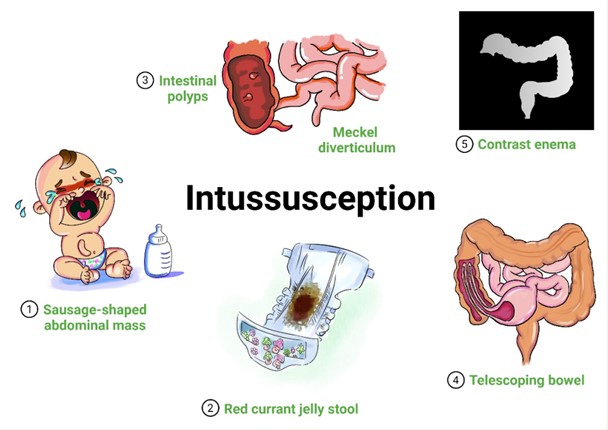A female client is taking alendronate, a bisphosphonate, for postmenopausal osteoporosis. The client tells the nurse that she is experiencing jaw pain. How should the nurse respond?
Determine how the client is administering the medication.
Advise the client to gargle with warm salt water twice daily.
Report the client's jaw pain to the healthcare provider.
Confirm that this is a common symptom of osteoporosis.
The Correct Answer is C
Jaw pain in a client taking alendronate, a bisphosphonate, for postmenopausal osteoporosis may be a sign of a rare but serious side effect called osteonecrosis of the jaw (ONJ). Therefore, the nurse should respond by: Report the client's jaw pain to the healthcare provider.
Jaw pain can be an indication of ONJ, a condition characterized by the death of jawbone tissue. It is important to notify the healthcare provider so that further evaluation and appropriate management can be initiated. The healthcare provider will determine the best course of action, which may include referral to a specialist for further assessment and treatment.
Determining how the client is administering the medication is not the immediate concern in this situation. While it is important to ensure that the client is following proper administration instructions for alendronate, addressing the jaw pain takes precedence.
Advising the client to gargle with warm salt water twice daily may not be sufficient or appropriate for managing jaw pain related to alendronate use. The client needs a comprehensive assessment by the healthcare provider to determine the cause of the jaw pain and provide appropriate interventions.
Confirming that jaw pain is a common symptom of osteoporosis is not accurate. While osteoporosis can lead to bone pain, jaw pain specifically associated with bisphosphonate use is more likely to be related to ONJ and requires further evaluation and management
Nursing Test Bank
Naxlex Comprehensive Predictor Exams
Related Questions
Correct Answer is B
Explanation
Febuxostat is a medication used to manage hyperuricemia and prevent gout attacks. However, it has been associated with hepatotoxicity, including liver enzyme elevations and liver failure. Therefore, it is important for the nurse to instruct the client to report any signs or symptoms of liver dysfunction, such as right upper quadrant discomfort. This will allow for prompt evaluation and appropriate management if hepatotoxicity occurs.
While maintaining a healthy weight and dietary modifications may be beneficial for managing gout, specific instructions regarding protein intake should be individualized and provided by a healthcare provider or a registered dietitian.
Using an electric heating pad when pain is at its worst may provide temporary symptomatic relief for gout attacks, but it is not specific to the use of febuxostat. The focus of discharge teaching should be on medication adherence, monitoring for adverse effects, and lifestyle modifications to prevent gout attacks.
Replacing dietary table salt with salt substitutes is not a specific instruction for a client taking febuxostat. While reducing sodium intake may be recommended as part of an overall healthy diet, it is not directly related to the use of febuxostat or management of gout attacks. Dietary modifications for gout management should be individualized and based on the client's specific needs and preferences.
Correct Answer is A
Explanation
The presenting symptoms of the infant, including persistent vomiting, poor skin turgor, significant weight loss, and a palpable abdominal mass, indicate a potential serious condition that requires immediate attention. These findings may suggest dehydration, malnutrition, and the presence of an abdominal mass that could be causing gastrointestinal obstruction or other underlying pathology.
Initiating a prescribed IV for parenteral fluid is the priority intervention to address the potential dehydration and fluid imbalance in the infant. This will help restore and maintain adequate hydration while further diagnostic evaluations and interventions are initiated.
Feeding the infant, giving 5% dextrose in water orally, or inserting a nasogastric tube for feeding should not be implemented as the first intervention in this case. It is important to stabilize the infant's fluid status before initiating oral feedings or other interventions to address the underlying cause of the symptoms.

Whether you are a student looking to ace your exams or a practicing nurse seeking to enhance your expertise , our nursing education contents will empower you with the confidence and competence to make a difference in the lives of patients and become a respected leader in the healthcare field.
Visit Naxlex, invest in your future and unlock endless possibilities with our unparalleled nursing education contents today
Report Wrong Answer on the Current Question
Do you disagree with the answer? If yes, what is your expected answer? Explain.
Kindly be descriptive with the issue you are facing.
